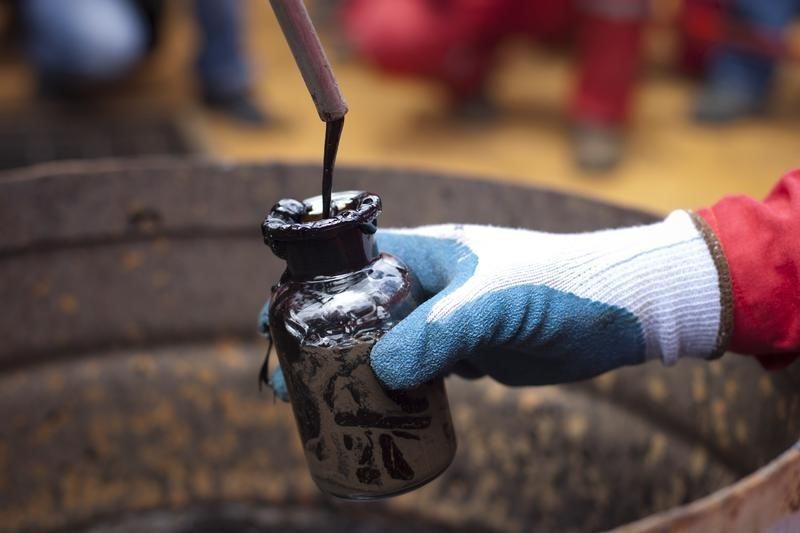Oil moved to growth waiting for data on stocks
2023.01.10 13:58

Oil moved to growth waiting for data on stocks
By Tiffany Smith
Budrigannews.com – On Tuesday, traders awaited U.S. oil inventory data and a much-anticipated government report on inflation, both of which were scheduled for later in the week. As a result, crude prices edged higher for a second consecutive day.
After reaching a session high of $75.88, New York-traded WTI crude was up 71 cents, or almost 1 percent, to $75.34 per barrel at 13:00 ET (18:00 GMT).
After reaching an intraday high of $81.37, London-traded crude was up 60 cents, or 0.8 percent, to $80.25.
The coronavirus outbreak in China and worries about a global recession contributed to the biggest weekly decline in crude benchmarks since Dec. 2 for both the United States and the United Kingdom. Since the weekend, Beijing has completely reopened its borders to international trade to get rid of the harsh COVID regulations that have shaped a lot of its social policies over the past three years.
Ed Moya, an analyst at the online trading platform OANDA, stated, “Oil seems to want to waver right now until we get a better handle on China’s COVID surge.” Everyone wants to know if travel continues to rebound in China, where there has been an unprecedented increase in Covid cases.
After the Lunar New Year, which falls at the end of January this year, oil demand typically rises in China. However, Beijing’s oil demand is yet to be determined as it shifts from a COVID-zero to a “COVID-anything” policy. Last week, data revealed that manufacturing activity in China decreased for a fifth consecutive month in December as the nation dealt with an unprecedented rise in coronavirus cases.
Despite this, Beijing is insisting on its reopening with fervor. Officials have stated that they anticipate approximately 2 billion domestic trips during the Lunar New Year season, nearly double last year’s total and 70% of 2019’s.
Market participants are looking forward to Thursday’s release of the CPI report.
After reaching a four-decade high of 9.1% in June, the CPI increased at a rate of 7.1% in the year to November.
According to the consensus of Wall Street and media-surveyed economists, it is anticipated to have slowed even further to 6.5 percent in the year to December. The Federal Reserve is anticipating a 25-basis point rate increase for its policy meeting on Feb. 1, a decrease from the 50-basis point increase in December and four 75-basis point increases between June and November.
According to Investing.com’s tool, there is a 84.4% chance that the Fed will slow rates even further in February with a 25-bp increase. The last time the central bank raised interest rates so little was in March 2022, when it began a series of increases to stem inflation after the coronavirus pandemic in 2020.
Additionally, traders are keeping an eye out for API’s weekly U.S. oil inventory data, which is due following market settlement.
A snapshot of the closing balances on U.S. crude, gasoline, and distillates for the week ending January 6 will be made available by the API at approximately 16:30 ET (21:30 GMT). The figures are a foretaste of the official inventory data on the same that will be released on Wednesday by the U.S. Energy Information Administration.
Analysts tracked by Investing.com anticipate that the EIA will report a decrease of 2.243 million barrels for the week ending December 30 as opposed to a build of 1.694 million barrels for that week.
On the front, the expectation is for a rise of 1.186 million barrels, up from the 346,000-barrel drop the week before.
With, a decrease of 472,000 barrels is anticipated in comparison to the deficit of 1.427 million barrels from the previous week.
More First batch of Venezuelan Oil sent to U. S.








